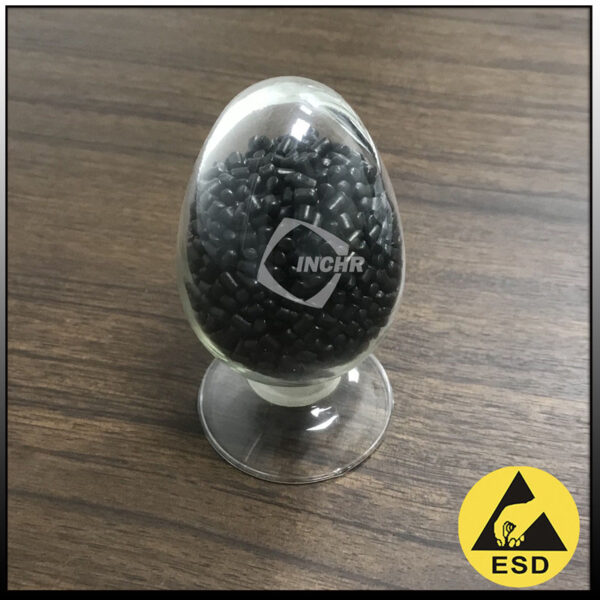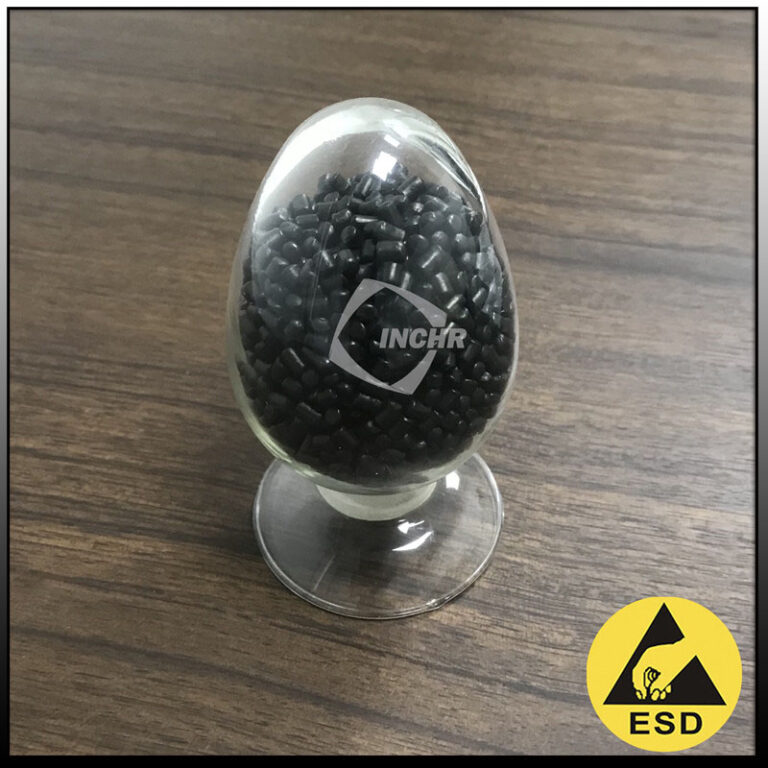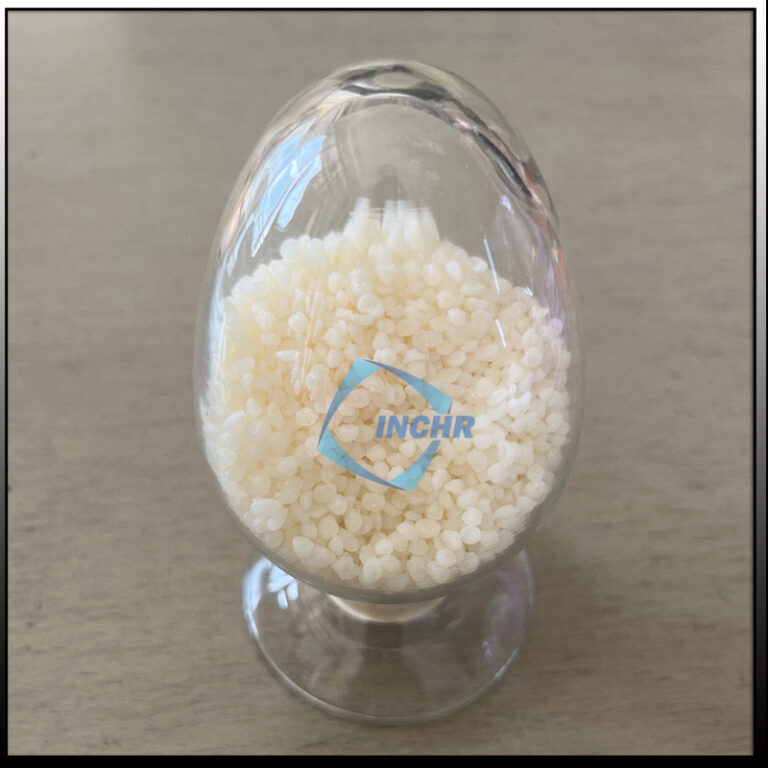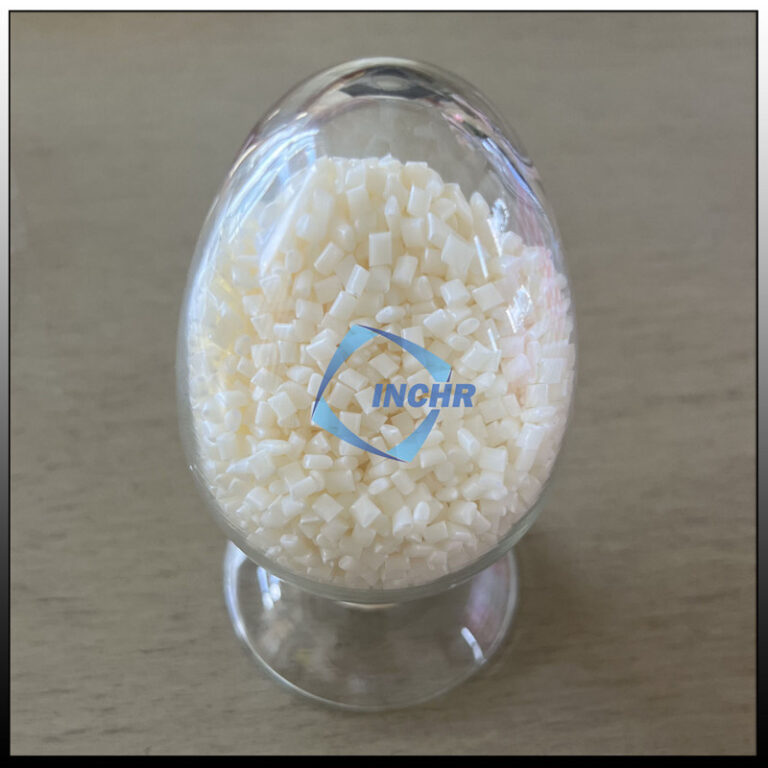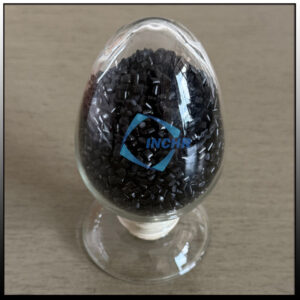 Introduction Of Polycarbonate Conductive Masterbatch
Introduction Of Polycarbonate Conductive Masterbatch
- Polycarbonate conductive masterbatch is a functional masterbatch made of polycarbonate (PC) as the base material, carbon nanotubes, and carbon black added to give PC materials antistatic, electrostatic dissipation, conductivity, and electromagnetic shielding functions.
- Excellent conductivity: Carbon nanotubes have a unique one-dimensional nanostructure and excellent electrical properties. When added to PC, they can form an efficient conductive network, which greatly reduces the surface resistance of PC end products, usually up to 10³-10⁵Ω, and the conductive effect is better than traditional conductive fillers such as carbon black and carbon fiber.
- Good mechanical properties: It has little effect on the original mechanical properties of PC, can retain the advantages of high strength, high impact toughness, dimensional stability of PC resin, and can also enhance the toughness, impact resistance, surface wear resistance, scratch resistance and surface finish of PC to a certain extent.
- Excellent processing performance: Polycarbonate conductive masterbatch is compatible with PC resin, can be evenly dispersed in the PC matrix, can be processed and molded using ordinary injection molding or extrusion equipment, and is suitable for large-scale industrial production.
- Good weather resistance and stability: Under different environmental conditions, such as temperature and humidity changes, it can still maintain stable conductive properties and physical and mechanical properties, and has a long service life.
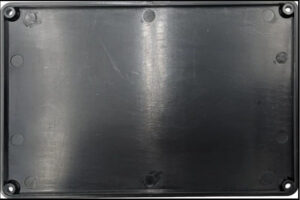 Application Of Polycarbonate Conductive Masterbatch
Application Of Polycarbonate Conductive Masterbatch
- Electronic and electrical fields: used in the production process of precision electronic components such as integrated circuits, chips, sensor sheaths, etc., anti-static turnover boxes, IC and LCD trays, IC packaging, chip carriers, etc., to prevent static electricity from damaging electronic components; it can also be used to manufacture electronic equipment shells, such as computer cases, mobile phone shells, etc., to play the role of conductivity, anti-static and electromagnetic shielding.
- Automobile field: It can be used to manufacture automobile dashboards, central control panels, door interiors, etc., to prevent static electricity accumulation from affecting the normal operation of automobile electronic equipment, and improve the beauty and safety of automobile interiors; it can also be used in parts in the engine compartment of automobiles, such as engine hoods, radiator grilles, etc., with good conductive and mechanical properties.
- Aerospace field: used to manufacture aircraft fuselage structural parts, wings, radar covers, etc., which can reduce the weight of the aircraft, improve the fuel efficiency and flight performance of the plane, and at the same time have good conductive and antistatic properties to ensure the safe flight of the aircraft.
- Other fields: The shells and structural parts of electrical products used in coal mines, oil tankers, oil fields, dust, and combustible gases, etc., effectively prevent the explosion hazard caused by static electricity; the semi-conductive shielding materials used in medium and high voltage cables can shield the electric field and prevent the accumulation of charge.
Usage Of Polycarbonate Conductive Masterbatch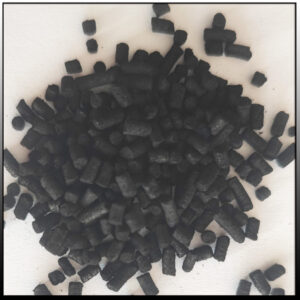
Mixed with PC resins
- Determine the ratio: Determine the mixing ratio of polycarbonate conductive masterbatch and ordinary PC raw materials according to the conductivity requirements of the required products. Generally speaking, if higher conductivity is required, the masterbatch addition ratio may be around 15%-40%; for situations with lower conductivity requirements, the addition ratio can be 2%-5%.
- Mixing method: Use a high-speed mixer for dry mixing to evenly mix the conductive masterbatch with the PC resins. The mixing time is usually 5-15 minutes, which is adjusted according to the equipment and material quantity to ensure that the two are fully and evenly contacted.
Processing molding
- Injection molding: Put the mixed material into the barrel of the injection molding machine, and the barrel temperature is generally set at 260-320℃, which is adjusted according to the characteristics of the PC raw materials and masterbatch. The injection pressure is 80-150MPa, the holding pressure is 60%-80% of the injection pressure, the holding time is 3-10 seconds, and the cooling time is 10-30 seconds, which is adjusted appropriately according to the thickness and shape of the product.
- Extrusion molding: Use an extruder for processing, the barrel temperature is controlled at 250-300℃, the screw speed is 10-50 rpm, and the screw speed and feed speed are adjusted to ensure uniform extrusion of the material to produce pipes, plates, wires, and other products.
- Blow molding: Suitable for manufacturing hollow products, such as plastic bottles. The mixed material is melted and plasticized at 260-310℃, and then compressed air is blown into the material to form it in the mold. The blow molding pressure is generally 0.2-0.8 MPa.
When using polycarbonate conductive masterbatch, it is necessary to strictly follow the operating procedures, and reasonably adjust the process parameters according to the specific equipment, raw materials, and product requirements to ensure that the product meets the expected conductive properties and quality standards.
Production Process Of Polycarbonate Conductive Masterbatch
- Raw material preparation: Select suitable PC resin, dry it, and remove moisture; select carbon nanotubes with high purity, uniform diameter, and moderate length, and select dispersants, coupling agents, antioxidants, lubricants, and others.
- Mixing and dispersion: Add the dried PC resin, carbon nanotubes, additives, etc. to a high-speed mixer or twin-screw extruder in a certain proportion, mix and disperse them fully, so that the carbon nanotubes are evenly dispersed in the PC resin matrix.
- Melt extrusion: Add the mixed materials to the twin-screw extruder, melt extrude them under high temperature and high shear force, so that the carbon nanotubes and PC resin are fully integrated to form a uniform conductive masterbatch.
- Granulation and molding: The extruded material is made into granular polycarbonate conductive masterbatch through granulation equipment. Particles of different sizes and shapes can be made as needed.

